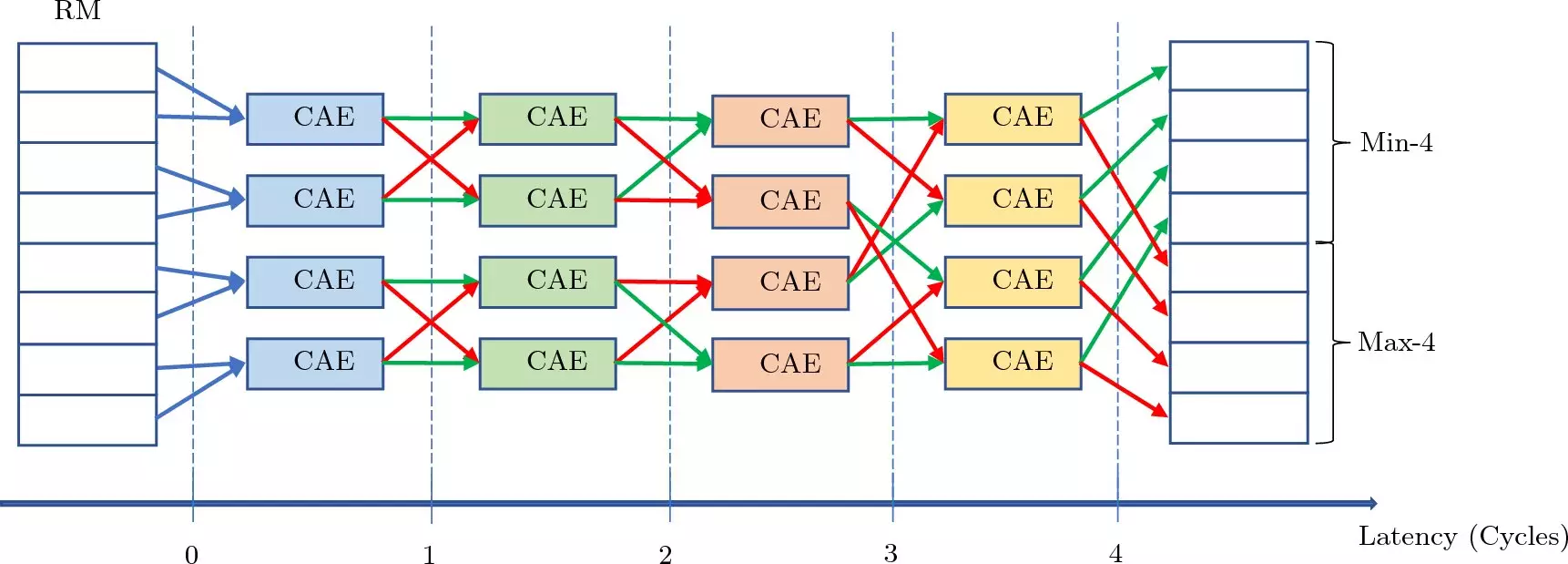The world’s largest particle collider, the Large Hadron Collider, located some 350 feet beneath the France–Switzerland border, is a hub of scientific exploration. Scientists working at this massive facility are on a mission to unlock the secrets of the universe, particularly the enigmatic dark matter. Dark matter, an invisible substance that outweighs ordinary matter by five times, exerts a gravitational pull on stars and galaxies but remains invisible to the human eye. This elusive nature has prompted researchers like Duke physicist Ashutosh Kotwal to delve deeper into the abyss of subatomic particles in search of clues about this mysterious entity.
The search for dark matter at the Large Hadron Collider involves capturing momentary glimpses of fleeting clues amidst a sea of particle collisions. Kotwal envisions a solution in the form of artificial intelligence – a fast algorithm dubbed the “track trigger.” This innovative approach utilizes AI engines to rapidly analyze and identify disappearing tracks that could be indicative of dark matter particles. The algorithm’s efficiency lies in its ability to sift through vast amounts of data in real-time, outperforming traditional particle analysis techniques by a factor of 100. By leveraging the computational power of AI, Kotwal aims to revolutionize the detection of dark matter at the LHC.
The development of the track trigger algorithm represents a significant leap forward in particle physics research. Kotwal and his team are working tirelessly to translate this groundbreaking concept into a tangible prototype that can be integrated into the detectors at the Large Hadron Collider. With the potential to process images in less than 250 nanoseconds, the algorithm promises to streamline the identification of elusive dark matter particles, ensuring that no clues go unnoticed. As the LHC continues to generate a staggering volume of data from particle collisions, Kotwal’s device stands poised to capture the elusive traces of dark matter if and when they manifest.
In collaboration with his team of undergraduate student co-authors, Kotwal is spearheading the technological advancement necessary to unravel the mysteries of dark matter. Their unified goal is to construct a device comprising around 2000 chips, each equipped with the track trigger algorithm, to enhance the detection capabilities of the LHC’s detectors. By harnessing the collective power of AI and human expertise, the scientific community is poised to make unprecedented strides in the quest to understand dark matter and its implications for our understanding of the cosmos.
As the scientific community prepares to embark on a new chapter in particle physics research, the integration of artificial intelligence into the detection of dark matter opens up a realm of possibilities. With Kotwal’s innovative approach paving the way for real-time data analysis and identification of elusive particle tracks, the chances of uncovering the secrets of dark matter have never been greater. The collaborative efforts of researchers, students, and technological advancements hold the key to unlocking the universe’s most profound mysteries, from the origins of dark matter to the composition of the cosmos itself. As Kotwal aptly states, “Our job is to ensure that if dark matter production is happening, then our technology is up to snuff to catch it in the act.”



Leave a Reply